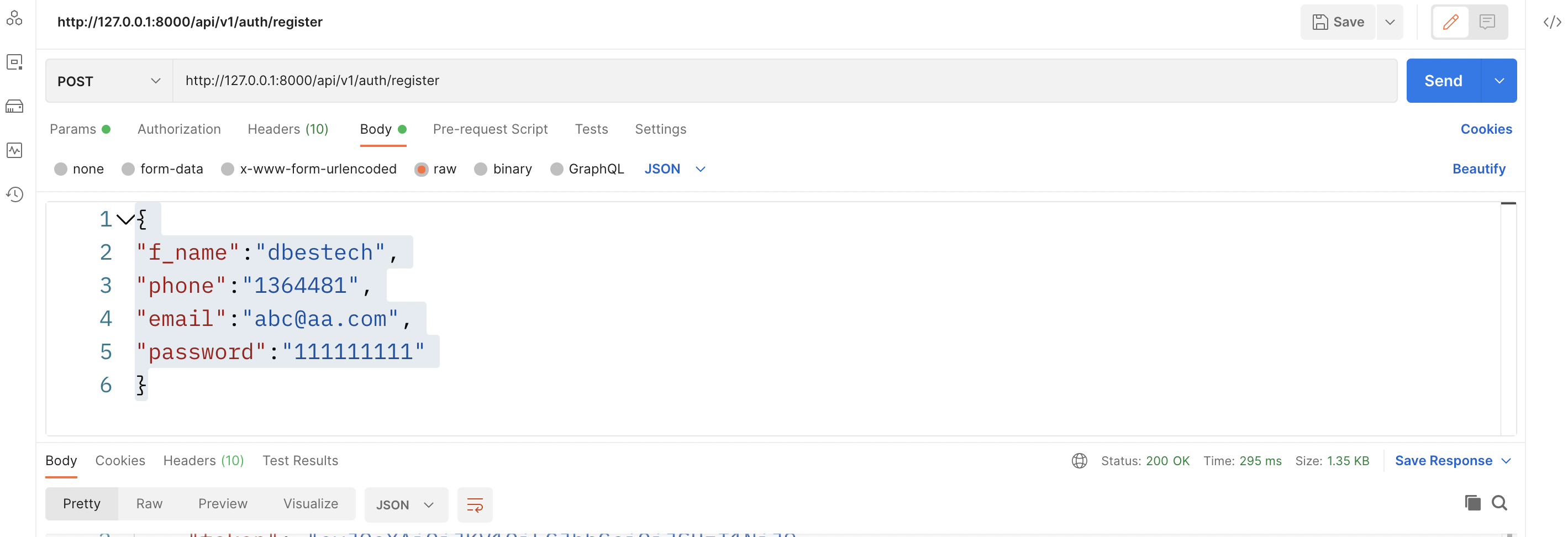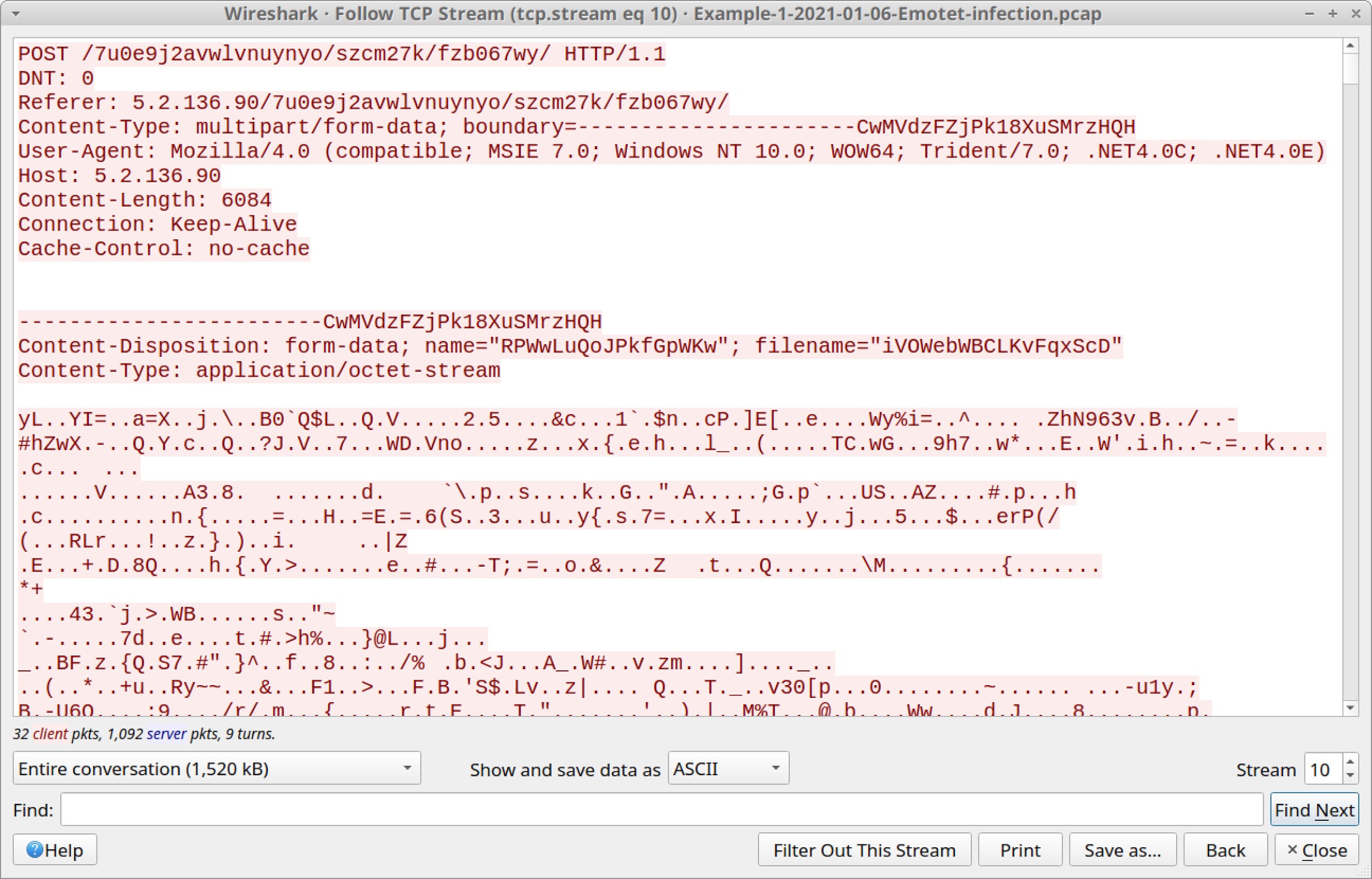

They both offer built in consoles that provide network information like headers and cookies.

Chrome also has a version of JSONview and for XML there’s XML Tree. To see the response headers LiveHTTP Headers will do the trick. To see similarly formatted JSON there is an extension called JSONView. Firefox users already get nicely formatted XML. Some browsers don’t necessarily present the response in a format easily readable by humans. At our developer portal we embed sample URLs in our documentation were possible to make seeing examples super easy for developers. Yes a web browser can be a tool for experimenting with APIs, so long as the API request only requires basic GET operations with query string parameters. See the response, possibly formatted for easier reading.Define HTTP headers, cookies and body data in the request.Make requests other than GET, like POST, PUT, and DELETE.Each one has its advantages and all do some combination of the following:
Httpie post request how to#
In it I introduce the tools and briefly explain how to use them. This post is a survey covering several tools for interacting with HTTP based APIs.

With the recent release of the Converstations API Inspector, an inhouse web app built to help developers use our Conversations API, it seemed like the perfect time to survey tools that make using APIs easier. The right tool can save you time and frustration. As a result I am keenly aware of the importance of good tools and of using the right tool for the right job. As a developer I’ve used a variety of APIs and as a Developer Advocate at Bazaarvoice I help developers use our APIs.


 0 kommentar(er)
0 kommentar(er)
